#San Quentin
Text



Louis being recognised for supporting young and smaller artists x x x
#❤️#Louis supporting other artists#Louis Tomlinson#about Louis#San Quentin#the great Leslie band#mine
80 notes
·
View notes
Text
The California governor, Gavin Newsom, has announced a plan to transform the state’s oldest prison into a center for rehabilitation, education and training, modeled after Norwegian incarceration systems, which are much less restrictive than US facilities.
Newsom told the Los Angeles Times on Thursday that his goal was “ending San Quentin [prison] as we know it” and working to “completely reimagine what prison means”. San Quentin, located on a peninsula in the San Francisco Bay Area and established in 1852, houses nearly 4,000 people, including hundreds on its infamous death row, the largest in the US, which is on track to be dismantled.
The Democratic governor said that by 2025, he plans to transition the massive penitentiary into a final stop of incarceration before individuals are released, with a focus on job training for trades, including plumbers, electricians or truck drivers, the LA Times reported. His recently released budget proposal includes $20m to start the effort.
“The ‘California Model’ the governor is implementing at San Quentin will incorporate programs and best practices from countries like Norway, which has one of the lowest recidivism rates in the world – where approximately three in four formerly incarcerated people don’t return to a life of crime,” the governor’s office said in a statement on Thursday. The prison will be renamed the San Quentin Rehabilitation Center.

Pictured: Instructor Douglas Arnwine hands back papers with comments to his students at San Quentin state prison in April 2022.
The transformation Newsom has described would, at least for San Quentin, mark a fundamental shift from the extremely punitive American system. The US has the highest reported incarceration rate in the world...
Although California is considered a leader in criminal justice reform, the state’s prison system continues to be overcrowded, with thousands of elderly people languishing behind bars and Black residents disproportionately imprisoned for decades due to harsh sentencing laws adopted in the 1990s.
Scandinavian models of incarceration that have garnered increasing attention from some US lawmakers are less focused on punishment and are meant to give imprisoned people support and a sense of normal life behind bars so that they are prepared to reintegrate into society. That can mean access to personal computers, televisions and showers, consistent classes and programming, fresh food, more freedom of movement and stronger connections with the outside world.
“Do you want them coming back with humanity and some normalcy, or do you want them coming back more bitter and more beaten down?” Newsom told the LA Times.
An overhaul of San Quentin would be a huge undertaking, and there are significant unanswered questions about what the transition would mean for its current residents as well as the tens of thousands of others located across the California department of corrections and rehabilitation (CDCR). San Quentin has a long and recent history of scandals involving abuse, overcrowding, guard misconduct and medical neglect. It is also a prison that has significantly more programming than some of the remote and rural CDCR prisons, with a renowned podcast produced by incarcerated San Quentin journalists.
The governor’s office noted research showing that every $1 spent on rehabilitation saves more than $4 on costs of re-incarceration; that people who enroll in education programs behind bars are 43% less likely to return to prison; and that crime survivor groups say victims prefer sentences that include programming designed to prevent recidivism...
Assemblymember Mia Bonta noted that California spends $14.5bn on prisons each year – $106,000 a person – but traditionally puts only about 3.4% toward rehabilitation: “It’s time for a significant paradigm shift.”
One of the reporters in attendance was Steve Brooks, an incarcerated journalist and editor of the San Quentin News paper, who asked the governor how the Scandinavian model would be adopted in a prison where residents remain concerned about overcrowding and the living conditions. Brooks also said people were concerned that those convicted of violent offenses would be excluded from programs under a new system. Newsom responded, “I’m not looking to cherry pick certain offenses. I’m for people who are committed, not passively interested, in changing themselves.”
-via The Guardian, 3/17/23
#california#united states#us politics#prison#prison industrial complex#prison reform#incarceration#san quentin#scandinavian#gavin newsom#good news#hope
109 notes
·
View notes
Text


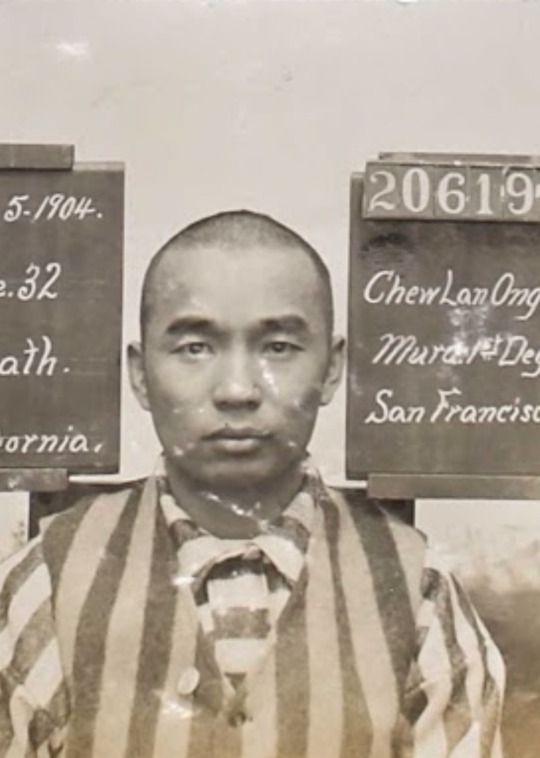


San Quentin California Death Row Convicts on Intake Day
Each of these convicts were ultimately hanged at San Quentin for murder.
The civilian clothes and haircuts followed by prison stripes buttoned at the neck, shaved heads, and prison ID cards listing their crimes are standard.
34 notes
·
View notes
Photo

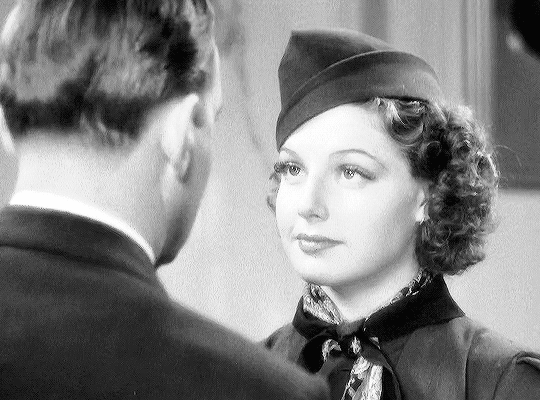
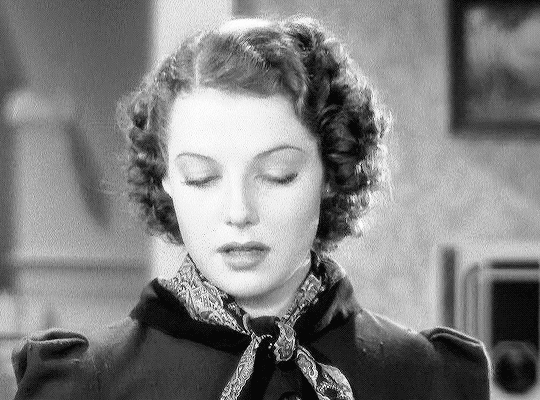

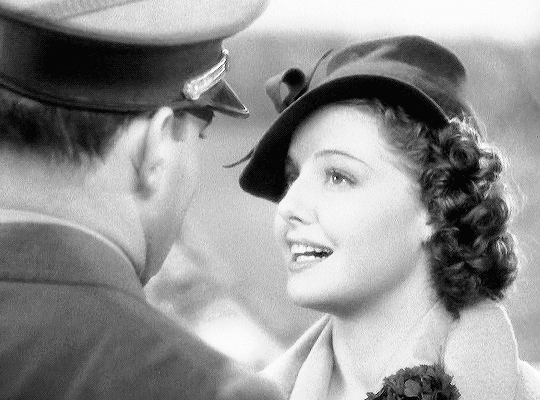
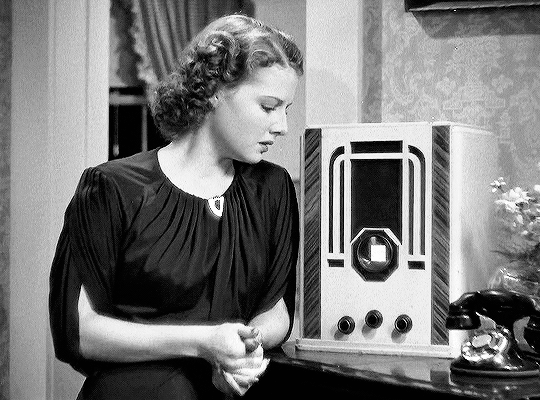
Ann Sheridan in SAN QUENTIN (1937) dir. Lloyd Bacon
438 notes
·
View notes
Text

Metallica at San Quentin Prison, 2003. Photo by Danny Clinch.
7 notes
·
View notes
Text
Fourth Sunday of Advent: The Prayer I Heard on Death Row
"Behold, I am the handmaid of the Lord. May it be done to me according to your word." (Luke 1:38)
In 2019, California Governor Gavin Newsom signed a moratorium on the death penalty. He then ordered the transfer of death row inmates at San Quentin State Prison to other maximum-security prisons in California. These changes elicited concern from San Quentin inmates themselves, as well as the chaplains who care for their spiritual welfare. It is a little-known fact that San Quentin is one of the few prisons in the state to have a dedicated Catholic chapel.
Compelled by pastoral concern, the California Catholic Conference arranged for four bishops of California, including myself, to speak and minister to the inmates earlier this year in March. The prison’s Catholic chaplain, Father Manny Chavira, and warden graciously arranged what can only be described as a graced encounter with those truly on the fringe of society and the Church. In about five hours, my fellow bishops and I developed a good sense of the culture, issues, fears, and freedoms behind the walls of this infamous prison.
As we walked down the narrow hallway, we could hear the men yelling to each other from their private cells, which do not allow for visual contact. This was part of the cold, harsh reality of prison life and the culture of San Quentin. The clanking of steel rang shrill as the guards opened and closed gates. This permeating sound through the chilly air of the old cinder block building still rings in my consciousness.
It is not a place easily forgotten. Yet even in these disparate settings, grace still finds a way, and miracles happen.
I was deeply moved to listen to one inmate, who I’ll call Carlos, recount his faith conversion. He shared that he first prayed — and used this term loosely — to Our Lady of Guadalupe, not knowing exactly who she was or what to say. Never having tried such a thing before, Carlos related the words of his first ‘prayer’ to Mary, and truthfully, I was brought to tears by the sheer humanity and humility of his address to Our Lady: “I am not sure exactly who you are, but I know you are sacred from how people treat you. If you could, would you please help me because I am feeling really lost.”
After this, he felt that he heard a voice reply, “You are my son. I love you.”
This humble interaction is not so dissimilar to the story of Mary we hear in the Gospel reading for the Fourth Sunday of Advent. The angel Gabriel appears to a young Mary, who is frightened and confused by the message sent to her that she would “conceive in [her] womb and bear a son,” the Messiah. She is just a young girl at the time, and the future that is laid out for her seems bewildering and uncertain.
But even in her mystification, Mary humbly responds: "Behold, I am the handmaid of the Lord. May it be done to me according to your word."
Mary relies on faith even when the way forward isn’t clear. Because of her faith, God becomes incarnate. (In a few days, we will all join in celebration of that miracle born in humility.)
Like Mary, Carlos relied on faith, and his humility made way for God to enter his heart. His prayer experience inspired him to learn about and eventually become a fully initiated Catholic. He found himself reading the Bible, the Catechism of the Catholic Church, and about the lives of the saints. He now ministers to his fellow inmates.
Mary and Carlos’ stories remind us that God is actively seeking us, even in the moments we are most lost and uncertain. This Advent I pray our faith can look a little more like theirs: honest, humble, and open to the future God holds for us.
- Bishop Oscar Cantú on Catholic Mobilizing Network
#catholic#catholicism#advent#bishop oscar cantu#catholic mobilizing network#cmn#death row#prayer#san quentin#prison#our lady of guadalupe
8 notes
·
View notes
Text
“In the 43 years that I’ve spent in a small cell at San Quentin, I’ve felt grass under my feet only five times.
The first time was after I had spent seven years in the isolation unit because I refused to cut my hair. I’m Monache and Cherokee. They punished me despite the fact that it’s my tradition and spiritual belief as a Native American to grow my hair long.
But outside the isolation unit there was a row of grass that they really took care of. As the guards led me out of that building, I stepped off the concrete path so I could feel the grass and dirt under my feet. The smell and feel of grass is still part of me.
I'm sure most free people don’t even realize that they take something like that for granted, but it’s the little things that I cherish the most. I often think back to growing up at Big Sandy — the coyotes and foxes, the geese and deer and wild turkeys. There were 17 of us living together in three cabins, and it only cost about $80 a month to feed us. We ate venison, rabbit and turkey, and we had a garden. We always had homemade biscuits, tortillas, frybread and cornbread, and there were always beans cooking on the back of the potbellied stove. Those thoughts, along with the self-discipline I’ve developed in here, have helped sustain me.
I can say that conditions in the isolation unit have changed since 1980, when I was there for the first time. Back then, there was a hole in the floor for a toilet. The toilets were supposed to be flushed once every 24 hours, but they rarely were.
We were supposed to get 1,500 calories a day. But we got one meatball in the morning and one at night with half a slice of bread. Anytime people acted up, the guards would pepper spray them. Sometimes, guards would spray people just to see how they’d react.
Guards would also take our mattresses in the morning and give them back at night — presumably because they didn’t want inmates destroying them. But nine times out of 10 you wouldn’t get your mattress back. It would be someone else’s, and there might be feces on it or urine on it. After five times, I told them, “No, I don’t want a mattress anymore.” I haven’t had one since then. I just fold a blanket in half and sleep on it. I also haven’t had a pillow — I use a roll of toilet paper, and I’m comfortable with that.
In the death-row cells where I’ve spent most of my time, I’m still in isolation — it’s just not as bad. My current cell is roughly 4 1/2 feet by 10 feet. Along with my toilet, bed and sink, I’ve got a shelf, two lights and a typewriter. I have some CDs and a CD player with a radio. I also have some photos and eight posters of Harley Davidsons. My dad was a biker.
But I’m still locked up all the time, and I don’t come out unless I’m handcuffed. I go to the shower, I’m handcuffed. I go to medical or the yard, I’m handcuffed. A guard is always watching. It’s like I’m in a zoo.
We do have Native worship services at San Quentin, but our religious adviser doesn’t do it right. He has a sacred pipe that he allows everybody to touch, and that’s bad medicine. You’re not supposed to touch the pipe or anything sacred like that if you have blood on your hands. If you’ve killed someone in self-defense or to protect your family or your property, that’s one thing. But if you kill somebody just to kill, it’s called having blood on your hands. That’s why I go to other worship services, so I can absorb other teachings and learn about different religions.
We used to have four powwows a year. Tribes from the Bay Area and all the way up north would offer buffalo, elk, venison and fish. Now we’re lucky if we have one powwow per year. The reason is that the religious adviser would tell the tribes we were going to have a powwow on a certain date and after the tribes caught fish and deer for it, he’d say, “Well, now we’re going to have it next month.” You can’t do that.
When we did have a powwow, we’d get a two-ounce serving of salmon and everything else would be prison food. The prison wouldn’t allow people to bring in buffalo meat because they said bones were a security risk. They could just take the meat off the bone and then bring it in, but they won’t do that. You’ve got these brothers and sisters in the free world going out and getting it for us, and we can’t have it.
Meanwhile, my daily routine is the same as it has been for decades. I wash up, make sure my cell is clean, then I say my prayers and I meditate for 20 minutes to an hour. After that, I turn on the radio, exercise, maybe type a letter and get my breakfast. I work on my case for about three hours a day. We have a law library, but you have to get on a list, so you might go once a month. Every week, we can put in requests for a law book we need. You may be placed on a waiting list for the book, but it's better than nothing.
I go to the yard with other people twice a week for a total of six hours — unless it’s foggy or there’s been an incident and we’re in lockdown. I get to shower for 15 minutes every other day with a guard standing by. Otherwise, I’m in my cell.
Since my sentence was reduced to life without possibility of parole in 2019, I have the option of transferring to a cell in the general population. But I’d have to go to a Level 4 maximum security unit where there’s a lot of violence. Other inmates would want to test me because I’ve been on death row.
I also have the option of moving to a different prison, but my legal team is in this area. I might end up 500 miles away; that would make it harder for them to come and see me when they have to.
And so, I await a court date. It could be in a month, it could be in six months. We don’t know. Meanwhile, I just try to be the best person I can be so that I’m content with myself and can go to sleep at night and say, “Well, I did a good day. I didn’t do anybody wrong, I didn’t lie to anybody.”
People have asked me, “How did you make it through 43 years in prison?” And I say, “By being Native.” Being Native gives me the strength to overcome all of this — not just for me, but for all our brothers and sisters. Society cannot break our spirit.”
- DOUGLAS RAY STANKEWITZ as told to RICHARD ARLIN WALKER, “California’s Longest Serving Death-Row Prisoner On Pain, Survival and Native Identity.” The Marshall Project. March 18, 2022.
#san quentin#san quentin prison#life inside#words from the inside#life prisoner#life sentence#solitary confinement#monache#cherokee#indigenous people#life in prison#california prisons#american prison system#crime and punishment#death row#american indians
130 notes
·
View notes
Text
Im here today to talk to you about one of my special interests;
Señor Danny Trejó

This man has lived such a life at age 79; and is still kicking, but I think people don’t really appreciate all this man has been through to be who he is. I genuinely believe his biopic needs to be made bc oh my goodness.
CW: drug usage, incarceration experiences, tough home life, murder, stabbing, death penalty, violence (feel free to lmk more and I’ll add as pointed out)
Also to note; this is a historical summary. Aka the facts with as little of my opinion as I can manage (while considering that I do have a bias), I do not condone the violent acts mentioned. That being said I do sympathize with many actions being a product of circumstance and that this is a man trying to own his past while using his present to make a better future for himself and others. And THAT is why I respect the hell out of him
Ok let’s start this; spoiler alert I look like

By the end
Ok so Im gonna have to categorize this baby; a note, most of this is from his Wikipedia page and subsequent cited sources

Personal

-was born in (1944) as the child of an extramarital affair; his mothers husband was away fighting in WW2 at the time
-He’s been a fan of the LA Rams since their early days (1946) and some of his earliest memories are from sneaking into games as a child
-he fled LA with his family to Texas as a small child bc his father was wanted for stabbing someone. His father turned himself in a year after moving back to LA
-he purchased his childhood home and as of his 2020 biopic, still intermittently lives in it.
-he completed his high school diploma during his stay at Soledad correctional facility (likely during his time in solitary)
-among his many jobs between prison and film; Trejo helped construct the Cinerama Dome in California (now where many of his films have been screened at today) with a construction company as a labourer, a gardener and part time owner of a lawn company
-Trejo has been quoted to still have fears that his life is all just been a dream and that ‘hell wake up in prison with someone urging him to “go get some chow”
-Trejo has been a contributor to several books relating to prison life
-trejo published a cookbook in 2020 and his memoir in 2021
-As of 2020 Trejo owns 8 restaurants; including a taco restaurant, a cantina and a coffee and donut shop. His rainbow cauliflower tacos made the LA times fav recipes of 2017
-He has been married and divorced 4x with 3 children (however he helped raise 2 additional children with his second wife)
-Trejo is a registered Democrat
-battled liver cancer in 2010, moved to be closer to his mom in 2011. She passed while filming the Muppets most wanted in 2013. Although sad, Trejo recalls he didn’t truly break down until Kermit offered his apologies in character (due to his macho personality)
-In 2019 Trejo witnessed a car accident and helped rescue a small ychild from that very wreckage (trapped in the car seat in an overturned SUV)

Prison

-was first arrested at age 10, first incarcerated at age 12 at Eastlake Juvenile Hall
-was in various prisons within the California prison system from 1956-1969 (conflicting accounts say one term may have been till ‘72)
-notable stints include; three years at Camp Glen Rockey in San Dimas for stabbing a sailor in the face with broken glass, a stint in Los Angeles County in 1961 where he met Charles Manson (who Trejo describes as a “dirty, greasy, scrawny white boy” who was an allegedly talented hypnotist), Soledad in 1968 where he hit a guard with a rock during a prison riot on Cinco de Mayo. Due to this he was sent to solitary confinement and faced capital charges and the death penalty. He also completed the 12 step program at this time.
-His most memorable stint was in San Quentin in 1966; his heron use was exacerbated here. Here he was a debt collector and drug dealer; often engaging and witnessing acts of violence and occasional murder. He also picked up boxing in this stint and became both a champion of the lightweight and welterweight divisions throughout his other prison experiences.
-his final prison stint was five years of a ten year sentence, most commonly believed to have ended in 1969 (aged 25)
-he was known as the gossip queen of his cell block in several prisons
Drug Usage and Recovery

- Trejo had been using Marijuana since age 8, heron by age 12, and cocaine by age 13; all introduced by his uncle Gilbert
-Trejo overdosed on first heron fix (also under his uncle’s supervision)
- participated in his first drug deal at age 7
-completed the 12 step program during his time in solitary at Soledad. He has been quoted being sober since completing this program, and is celebrating 54 years in recovery
- Trejo became a substance abuse counsellor in 1973, and is still actively working to help substance abuse cases today
-in the 1980s Trejo worked in Western Pacific Med Corp, assisting with the establishment and operation of sober living houses. He also lived in the houses at this time
-He was called to help assist with the cocaine usage amongst teenagers on the set of Runaway Train (1985)
-Trejos work as an actor was meant to help further his work as a rehabilitation counsellor and he claimed it helped him as clients would recognize him as an actor
-While filming scenes at San Quentin for Blood In, Blood Out; trejo helped a prisoner (Mario Castillo) through the 12 step program and remained in touch after his release. Today him and Mario remain great friends and both speak around the country in both juvenile detention centres as well as rehabilitation centres about their experiences
Film

-his character Machete was created FOR the Spy Kids film
-the creator of the Spy Kids franchise is his second cousin
-Danny originally got into acting after meeting a boy in a sober living house who explained he worked a day job as an extra to make 50$ a day (in 1980); between the “easy money”, availability with his schedule and publicity he could provide to the Western Living House Org, Danny decided to find an agent for background rolls
-After being asked to help with cocaine issues on the set of Runaway Train, Trejo was recognized by the screenplay writer, Edward Bunker. Bunker has been a fellow inmate with Trejo in San Quentin and was also a fan of his boxing work. Bunker helped hire Trejo as a boxing trainer on the film and negotiated Trejos pay to be closer to ~$330 a day, due to his additional help on set and general knowledge/experience
-Bunker also helped land Trejo a role as a background actor in the prison scenes in Runaway
-Penitentiary 3 (1987) was his first billed role, during which he met one of the members of the Galbino crime family (one of the 5 mafia families in New York)
-in 1991 Trejo turned down a role offered by Edward James Olmos due to a call from the don of the Mexican Mafia advising him to take a role in Blood In, Blood Out (1993) instead
-During the filming of Blood In, Blood Out; Trejo experienced PTSD while filming his scenes in San Quentin. Especially when filming the scenes in C550, his previous cell from his time incarnated there
-Whike filming Anaconda (1997), Trejo was able to negotiate a higher salary when filming in Venezuela. As Trejo enjoyed leaving the hotel to socialize in his off time…during a possible coup. A particular incident with a group of teenagers with AK-47s brandished at Trejo over his combat boots, helped Trejo negotiate the higher salary to REMAIN at the hotel in his down time
-Trejo contracted Hepatitis C shortly before filming Spy Kids and concluded treatment and recovery just before its premiere (however had gotten so I’ll that his cast noticed his weight loss and demeanour in a different project filmed during spy kids post production)
-Trejo produced his first film in 2014
-To date Trejo has 445 acting credits on IMDB (between 1985-2023) and 84 on screen deaths (12 TV, 72 movies) according to cinemorge (+4 are music video deaths, +1 video game death)
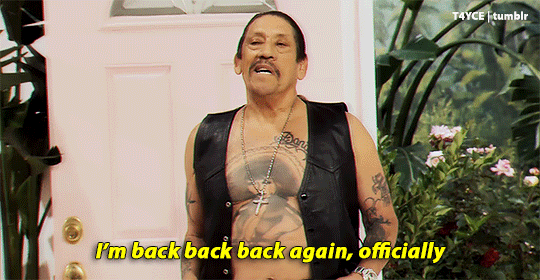
-in total that would make Trejos risk of onscreen death per project roughly 20% per project (89/445)
In Conclusion

#danny Trejo#in conclusion this is the celeb I would have dinner with#prison#anecdote#san quentin#biography#life summary#long post#but in all seriousness#where is the biopic Hollywood#cw drugs#cw#drugs#murder#violence#drug usage#death penalty#stabbing#feel free to let me know of any more and I’ll put them here
10 notes
·
View notes
Photo

"Hi again,
I got 8 more pictures today. You look like you get along with your sister real good. You must be real close. I'm doing ok I guess. When I was free. I was going over the San Rafael bridges in a car with a friend. he said "Look,there's your future home - San Quentin". The motherfucker must of put a curse on me. ha I think they sell "answer me" at the book and magazine stands around the city. I'll try and get the address you need to send for it if you interrested. Did you see "Nervous" play? Sorry your friend died on Halloween. Where did he live? Oh, here's a # you can call, and they'll send you a free panphlet telling you how to get any material you have published. I think its 30 pages. Vantage press: 1-800 766-2020. I'll take about 4 weeks to get it but it might help you out in getting your poems published. I'll write you again soon.
Love
Richard"
31 notes
·
View notes
Note
Adding to the Louis love around the net.
Mad respect from indie artists.
https://twitter.com/SanQuentinMusic/status/1686442502398627864
#####
and this one from @faithinlouisfuture.
“he share his heart work” - yes he does.
https://www.tumblr.com/faithinlouisfuture/724387913544155136/he-share-his-heart-work-and-he-just-wanna-be-love?source=share

That's nice, but wouldn't it be nice if Louis was praised for his music since he is you know, first and foremost, a singer :)
7 notes
·
View notes
Text
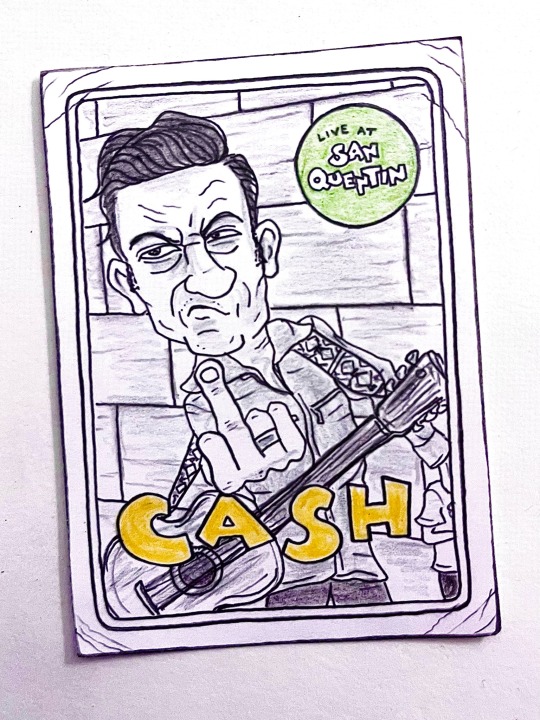
2 notes
·
View notes
Photo
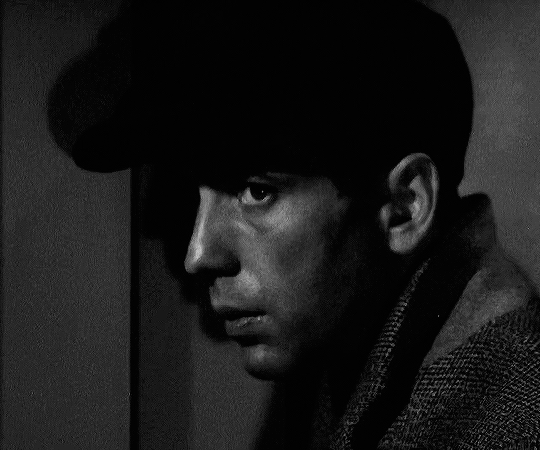
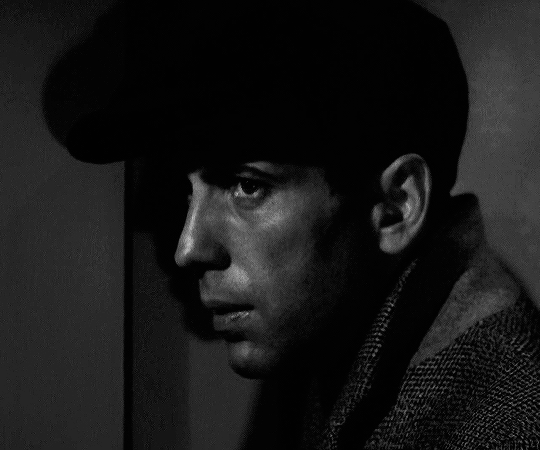
SAN QUENTIN (1937) dir. Lloyd Bacon
#humphrey bogart#san quentin#san quentin 1937#lloyd bacon#bogie in 30s - a sum up#lol#here am I queue me#classicfilmsource#mine
140 notes
·
View notes
Text
Comment what you think she studied
#heathers#incorrect heathers quotes#heathers musical#heather chandler#veronica sawyer#heather duke#heathers fanart#jason dean#veronica x heather#heather macnamara#heathers aesthetic#chansaw#heathers au#heathers movie#brown university#duke university#Harvard University#stanford university#san quentin
16 notes
·
View notes
Text
Pretty sure that’s Luke’s laugh at the end of this really adorable video of Ash enjoying the latest Nickelback single “San Quentin”, via Ash’s Instagram post
September 15, 2022

#5sos#5 seconds of summer#ashton irwin#ashton 5sos#luke hemmings#luke 5sos#ashton fletcher irwin#luke robert hemmings#lashton#september 15#2022#lashton moments#lashton is real#video#ashton irwin instagram#nickelback#san quentin#flashback to Lashton dancing in his livingroom to nickelback#they were roommates#5sos dancing to Nickelback in dressing rooms#ash doesn’t drive a motorcycle#i love this man so much#i love him#musician#drummer#rock music#pop rock music#luke’s laugh#ash making luke laugh#lgbt
28 notes
·
View notes
